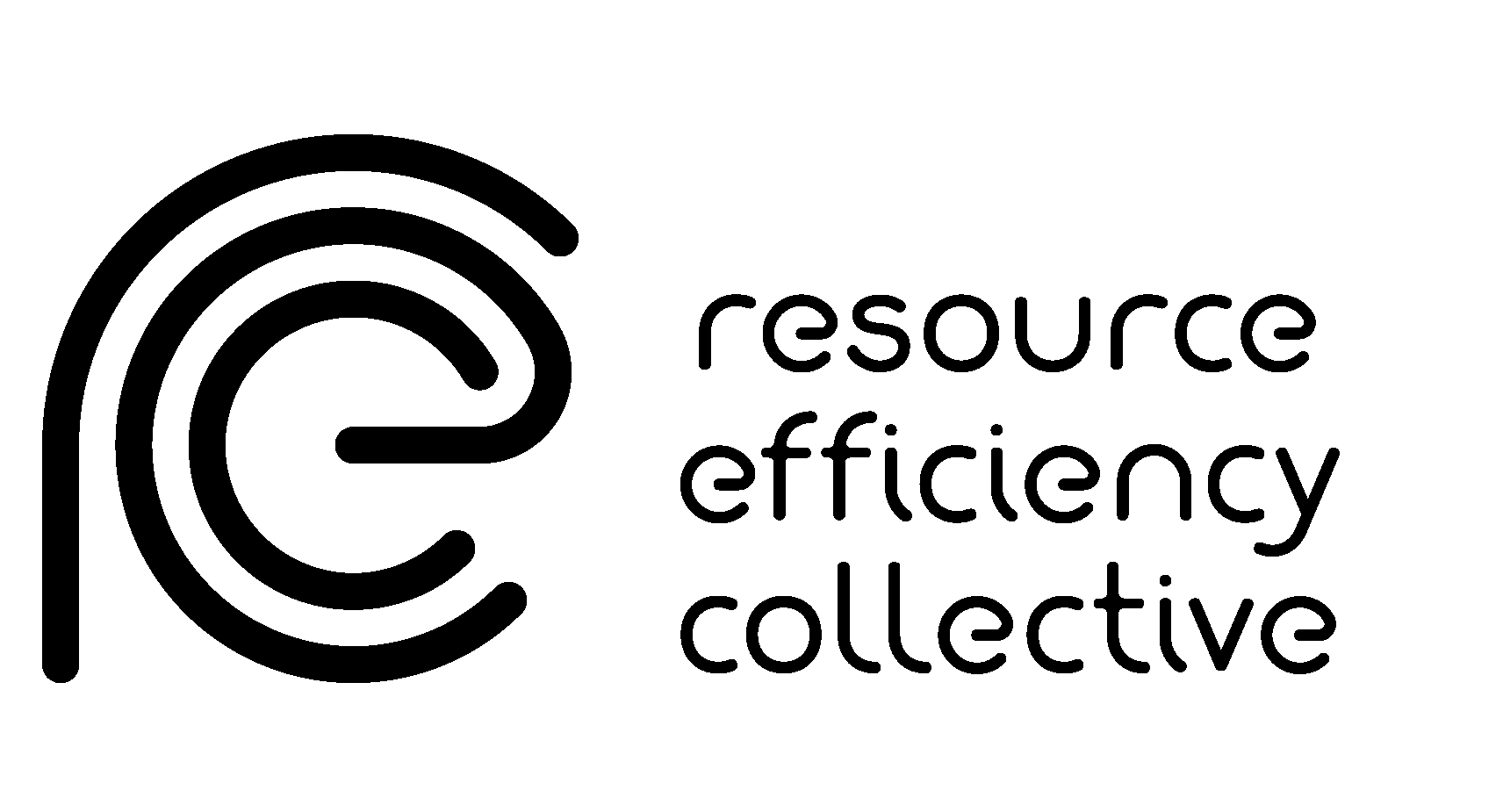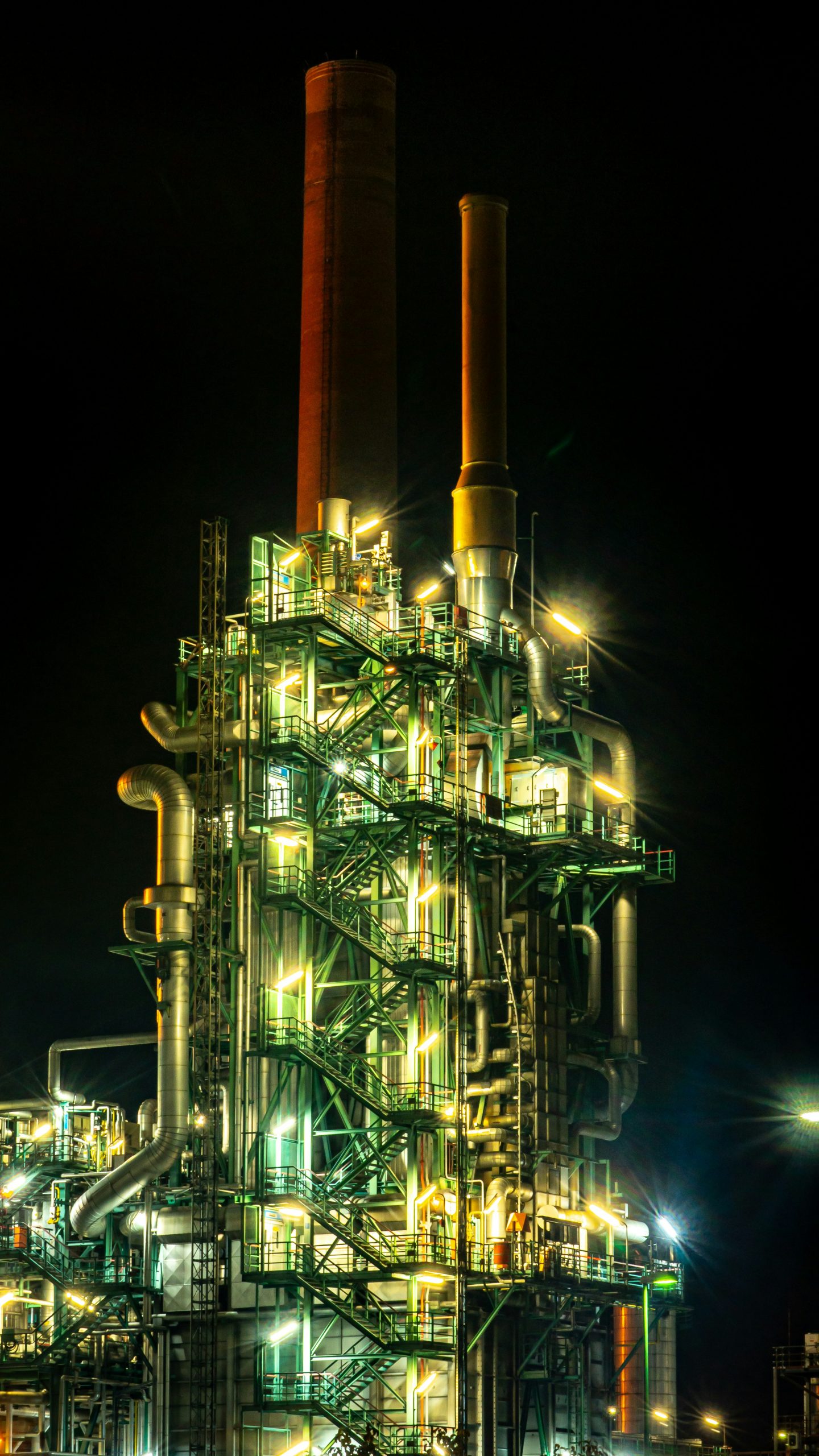Feasible supply of steel and cement within a carbon budget is likely to fall short of expected global demand
The current decarbonization strategy for the steel and cement industries is inherently dependent on the build-out of infrastructure, including for CO2 transport and storage, renewable electricity, and green hydrogen. However, the deployment of this infrastructure entails considerable uncertainty.
Here we explore the global feasible supply of steel and cement within Paris-compliant carbon budgets, explicitly considering uncertainties in the deployment of infrastructure. Our scenario analysis reveals that despite substantial growth in recycling- and hydrogen-based production, the feasible steel supply will only meet 58–65% (interquartile range) of the expected baseline demand in 2050. Cement supply is even more uncertain due to limited mitigation options, meeting only 22–56% (interquartile range) of the expected baseline demand in 2050.
These findings pose a two-fold challenge for decarbonizing the steel and cement industries: on the one hand, governments need to expand essential infrastructure rapidly; on the other hand, industries need to prepare for the risk of deployment failures, rather than solely waiting for large-scale infrastructure to emerge. Our feasible supply scenarios provide compelling evidence of the urgency of demand-side actions and establish benchmarks for the required level of resource efficiency.
Read the paper in full from Takuma Watari, André Cabrera Serrenho, Lukas Gast, Jonathan Cullen and Julian Allwood here.













